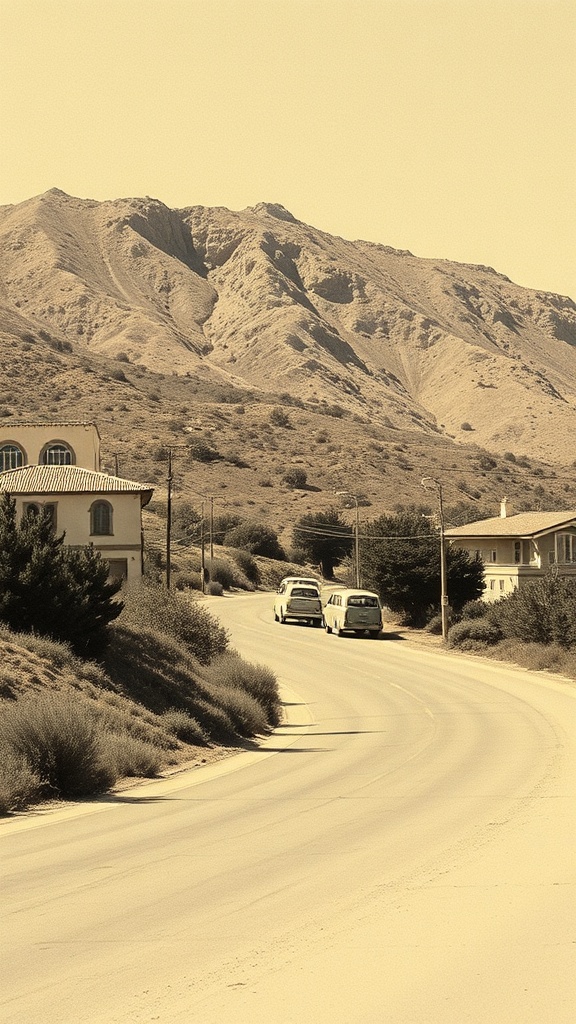Wildfire preparedness is a year-round priority for Californians. As fire seasons lengthen and fire behavior grows more unpredictable, practical home and community measures can dramatically lower risk, protect property, and keep families safe. Strong preparation focuses on three areas: reducing fuel near structures, hardening buildings against embers, and planning for rapid evacuation.
Create and maintain defensible space
– Establish an immediate noncombustible zone around your home. Keep flammable materials, stacked wood, and dense plantings away from foundations, decks, and siding. Hard surfaces and well-maintained landscaping close to the house make it harder for embers to ignite structures.
– Thin vegetation beyond the immediate zone. Reduce ladder fuels (low branches that connect ground fuels to tree canopies), trim tree limbs, and create spacing between shrubs and trees. Many fire experts recommend extending fuel reduction efforts outward up to a few dozen to a hundred feet, depending on slope, vegetation type, and local guidelines — consult local fire authorities for specific distances.
– Choose fire-resistant plants and irrigate responsibly. Lean, clean, and green landscaping — plants with higher moisture content, minimal leaf litter, and low resin content — reduces flammability.
Regularly remove dead leaves and needles, and keep gutters free of debris.

Harden your home against embers
Embers cause most structure ignitions. Simple upgrades can make a big difference:
– Use ember-resistant vents or install fine metal mesh over eave and foundation vents to block embers while maintaining airflow.
– Replace or protect flammable roofing and siding when practical. Roofing is a critical weakness; noncombustible or class-rated materials greatly reduce risk.
– Seal gaps around windows, doors, and under eaves to prevent ember intrusion. Consider ember-resistant shutters or tempered glass for windows.
– Keep decks and attached structures clear of combustible items and consider noncombustible decking materials or protective coverings.
Practical evacuation and family planning
– Prepare a go-bag with documents, medications, water, pet supplies, and chargers. Store digital copies of important documents and a current photo inventory of possessions.
– Plan multiple evacuation routes and practice them with family members. Road closures and heavy smoke can make familiar routes unusable; knowing alternatives reduces panic.
– Arrange a communication plan for family and neighbors, and know how to sign up for local emergency alerts. Pay attention to guidance from local fire and emergency management agencies rather than social media rumor.
Community and policy actions
Neighborhood coordination multiplies individual efforts.
Participate in or form a local Firewise or community resilience group to organize fuel breaks, coordinated home-hardening projects, and shared evacuation drills. Work with local fire agencies on defensible-space inspections and grants — many communities offer incentives or assistance programs to help homeowners reduce risk.
Insurance and financial preparedness
Insurance markets can shift after major events. Review your homeowners and wildfire insurance policies periodically, understand coverage limits and deductible structures, and keep thorough records for any potential claims. Maintaining defensible space and documenting mitigation efforts can be important for coverage and claims processing.
Start small, scale up
Even modest steps — cleaning gutters, moving firewood, trimming low branches, and assembling a go-bag — significantly reduce vulnerability. Pair everyday maintenance with longer-term investments like ember-resistant vents and fire-resistant landscaping to build resilience over time.
Check with local fire authorities and community resources for tailored guidance and financial assistance programs that help make these improvements more affordable.
Staying proactive keeps families safer and neighborhoods stronger when wildfire risk rises.